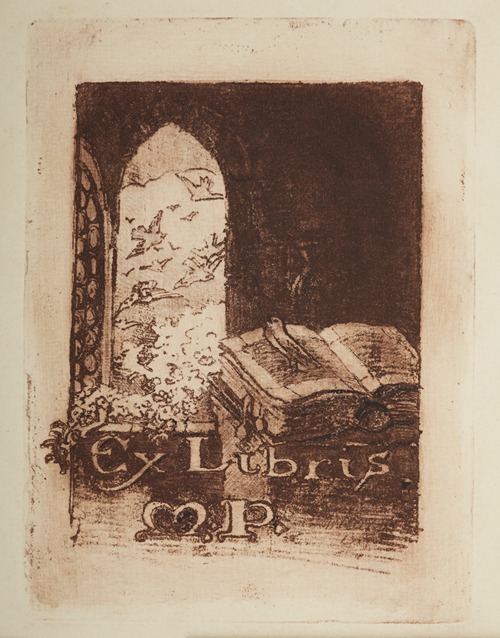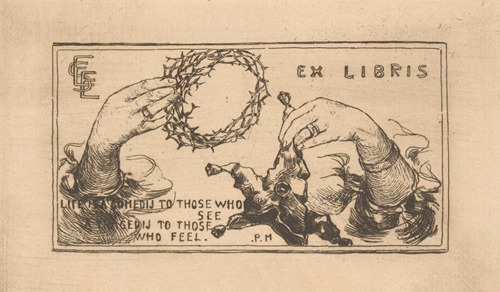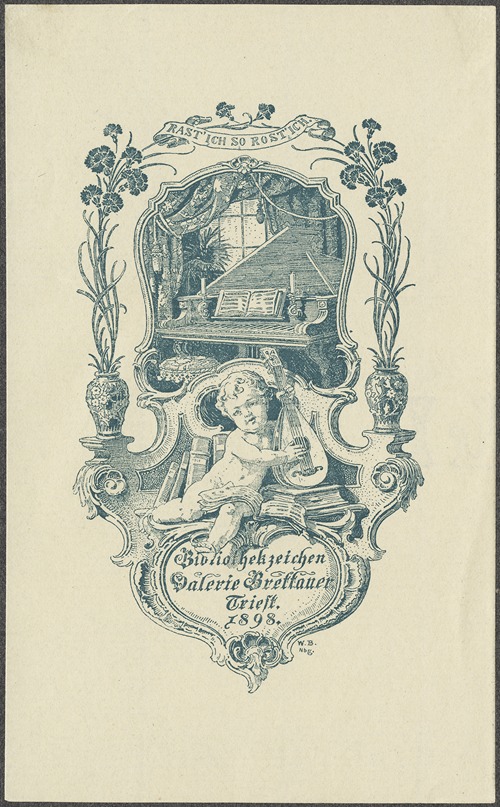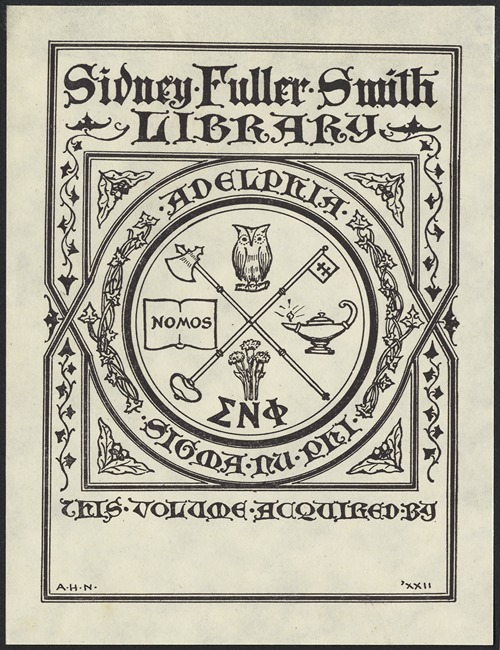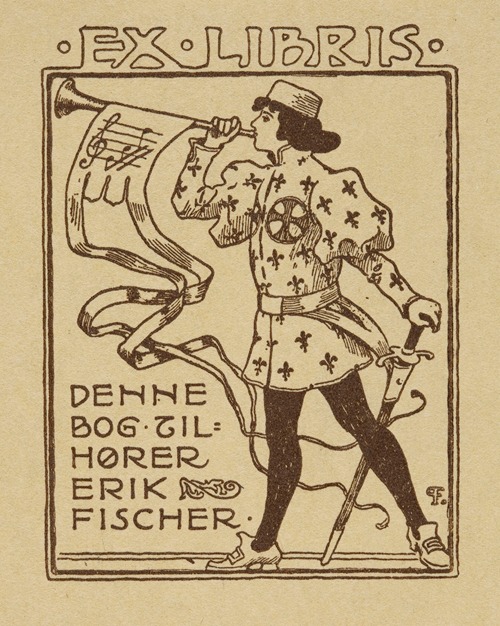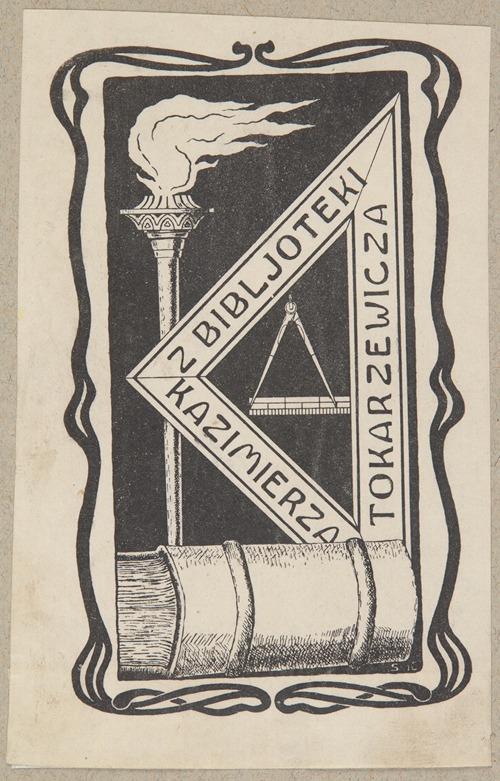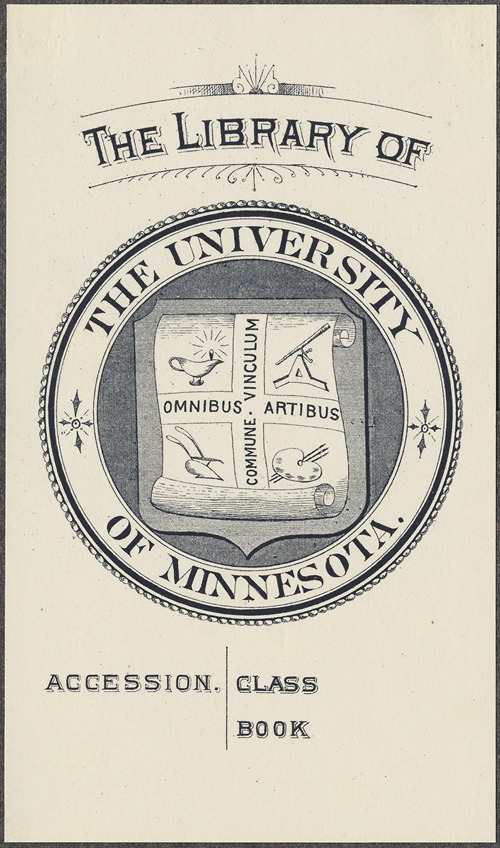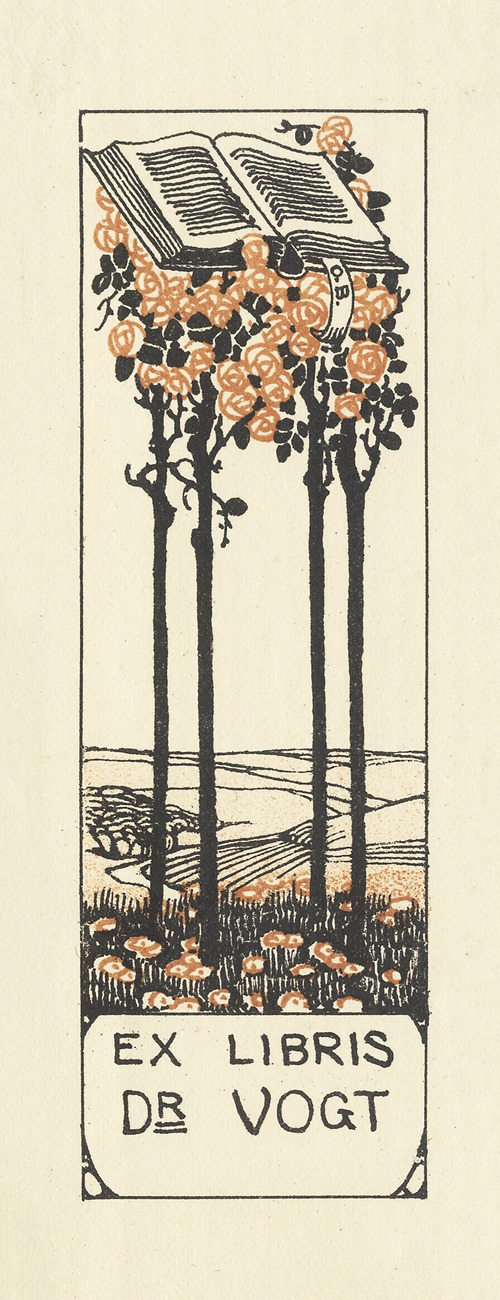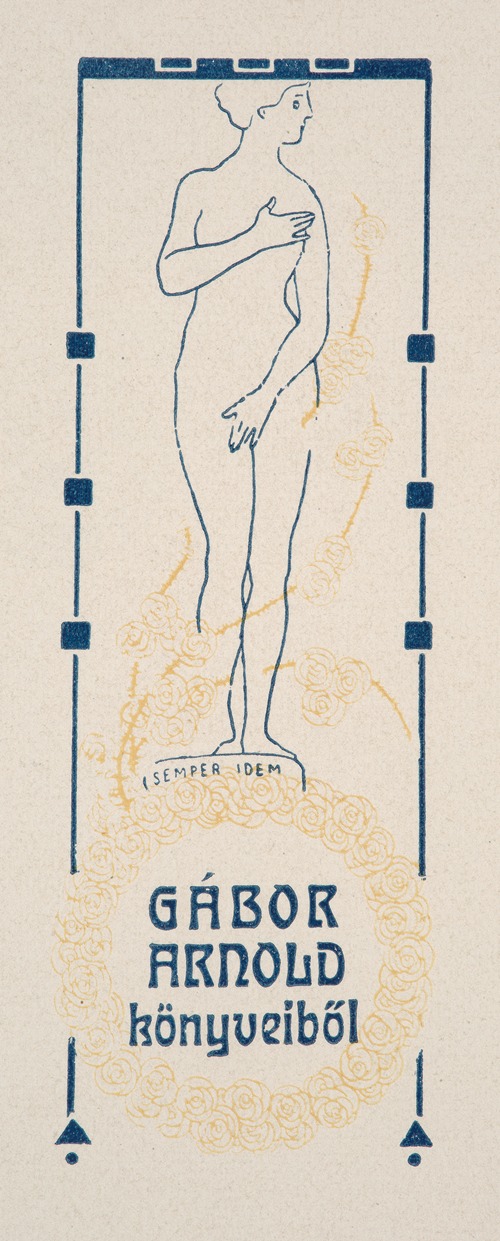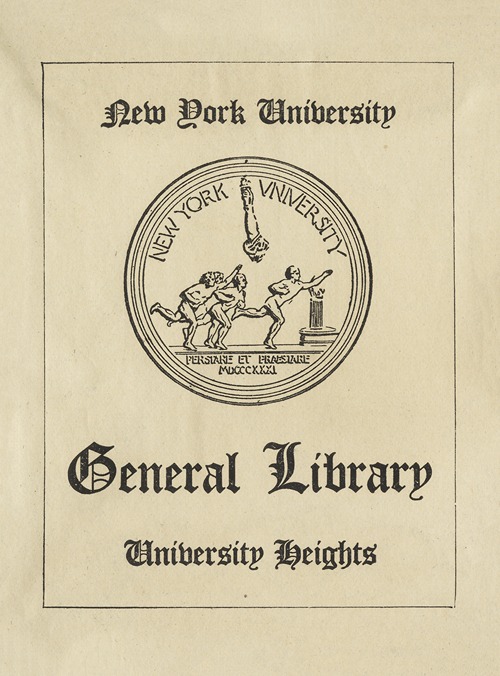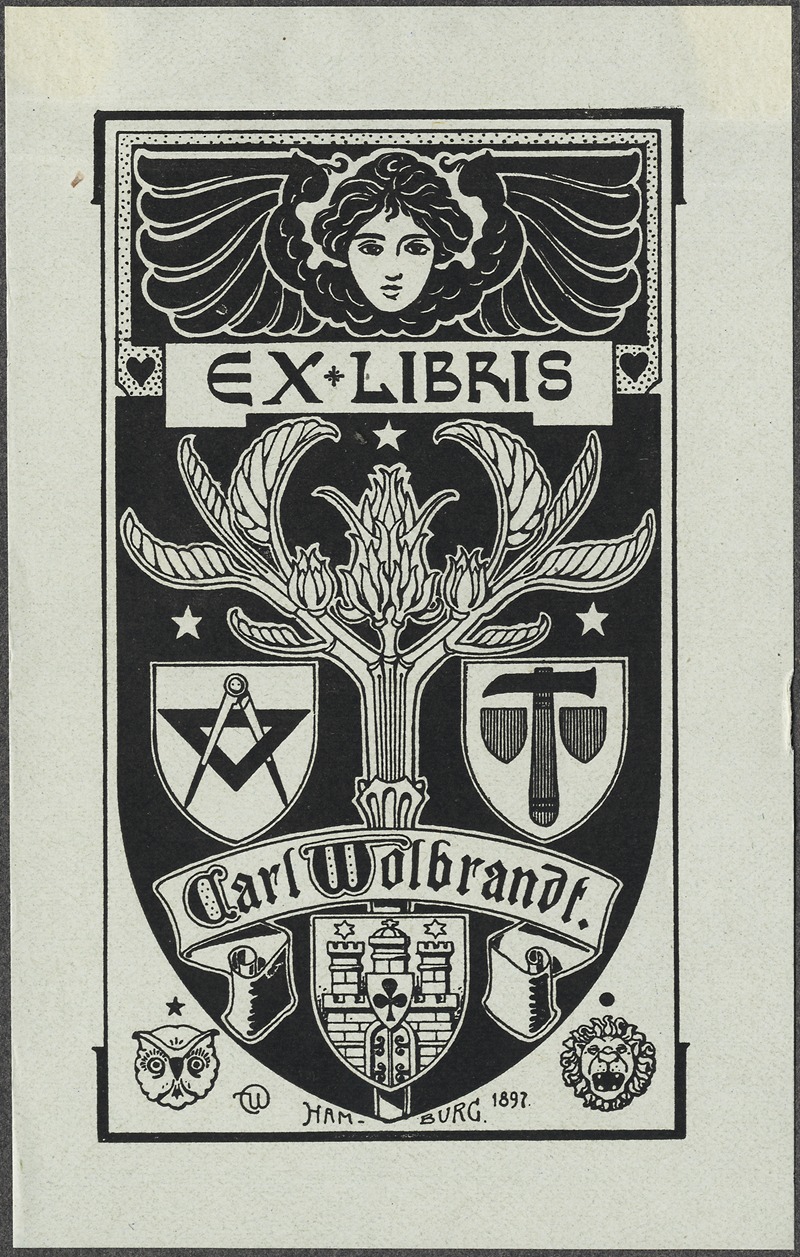
Carl Wolbrandt was a German architect, ex-libris artist, art teacher, and school principal.
Wolbrandt studied architecture at the Polytechnic School in Stuttgart under Christian Friedrich von Leins.
After spending some time in Franz von Neumann's studio in Vienna, Wolbrandt settled in Hamburg as an architect around 1885. There he later became a teacher of design and drawing at the State School of Applied Arts. In 1893, Wolbrandt was part of a delegation led by Hans Christiansen that traveled to the World's Columbian Exposition in Chicago on a scholarship from the Hamburg Chamber of Commerce. In Hamburg, Wolbrandt came into contact with the art education movement initiated by Alfred Lichtwark.
He also knew Friedrich Deneken, Justus Brinckmann's assistant at the Museum für Kunst und Gewerbe Hamburg, who was brought to Krefeld in 1897 to take over the management of the Kaiser-Wilhelm-Museum. In 1899, the city of Krefeld appointed Wolbrandt director of its Paritätische Gewerbliche Schule (Joint Vocational School), which had been founded that same year. When this school became the Handwerker- und Kunstgewerbeschule Krefeld (Krefeld School of Crafts and Applied Arts) in 1904, Wolbrandt became its founding director. In 1905, he published a practical workbook entitled Die Strömung (The Current), which encouraged young art students to take shapes and colors from the world of plants, stones, and birds as models for their own ornamental creations in the spirit of the biomorphism of Art Nouveau.
Wolbrandt was married to the musician Caecilie Wolbrandt, née Linz, and had three children, a daughter and two sons, including the later painter and graphic artist Peter Wolbrandt (born December 25, 1886 in Hamburg; died after 1961). He died at the age of 63 in Krefeld.
Carl Wolbrandt was a member of the German Werkbund and an honorary member of the Kunstgewerbe-Verein zu Hamburg (Hamburg Arts and Crafts Association).
